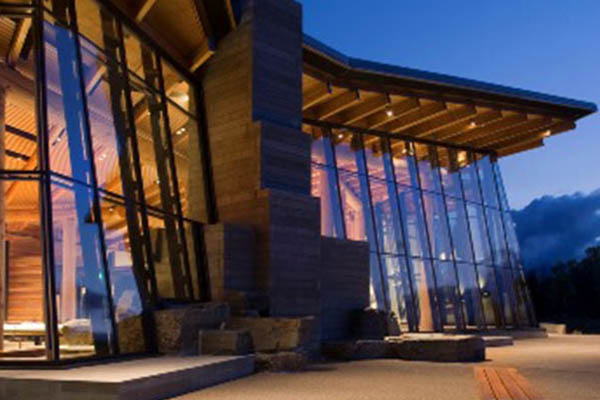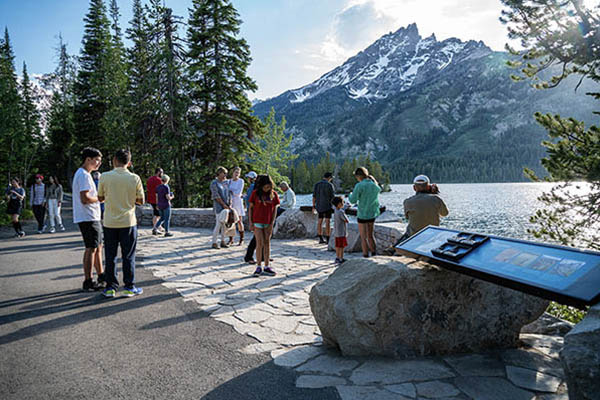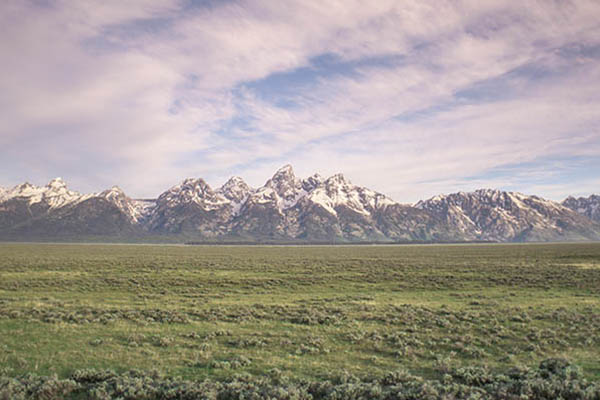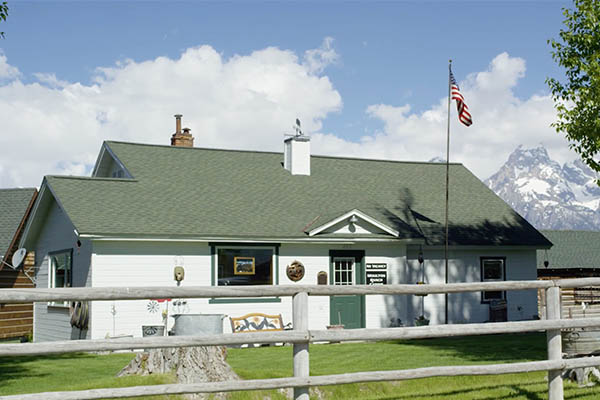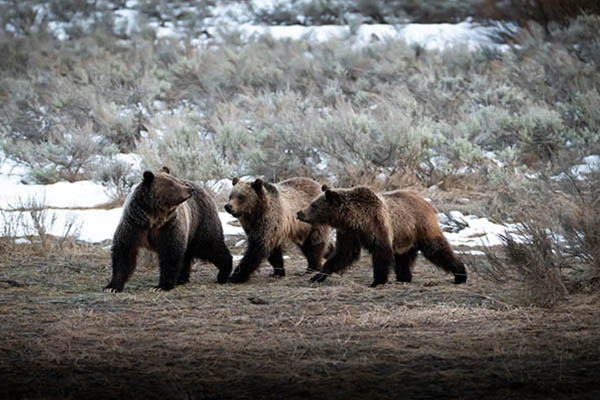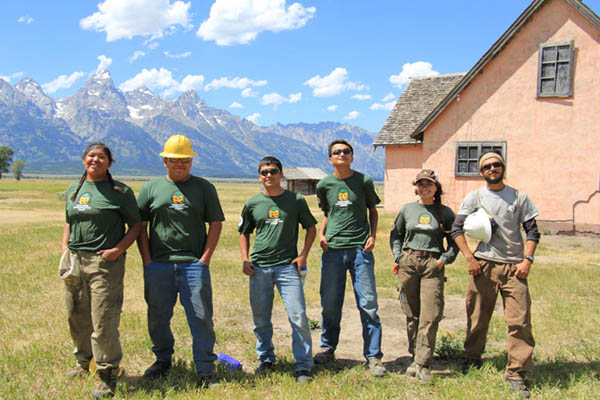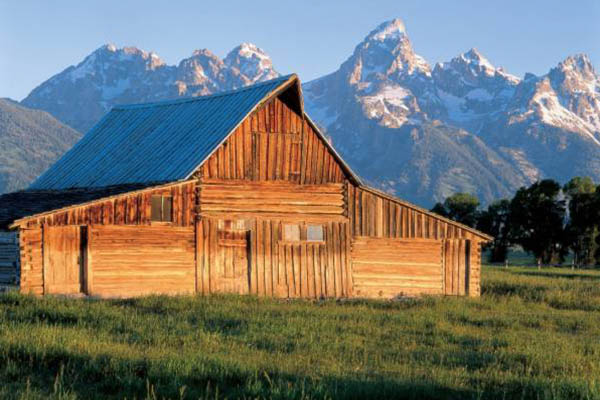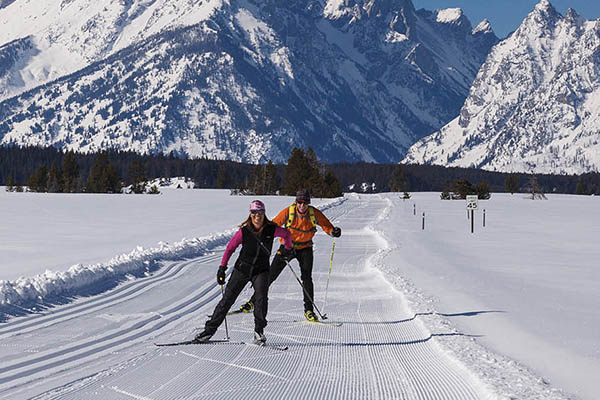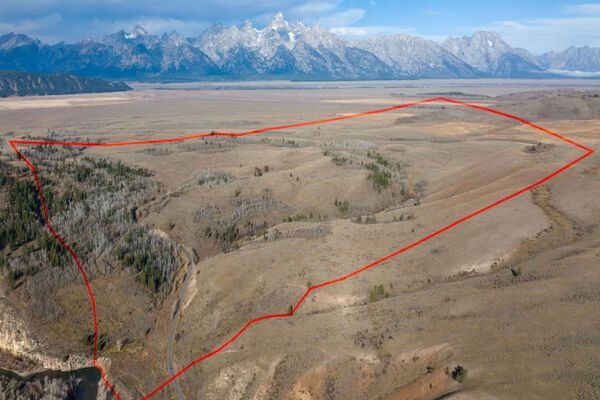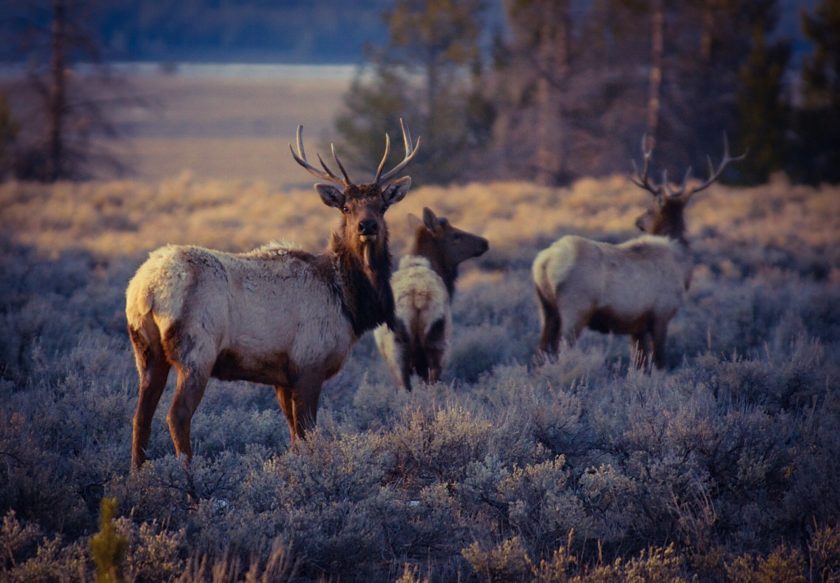September is a time of change for wildlife in Teton Park. Many ungulates (hoofed animals) are mating, birds are abandonning territories and embarking on their fall migration, and all animals are preparing for the winter months ahead
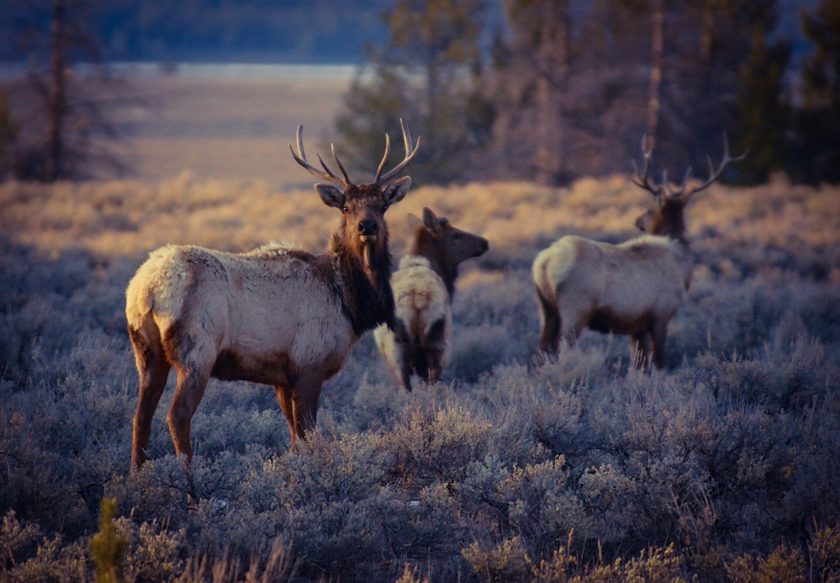
Spike, cow, and bull elk. Photo courtesy Lisa Wan.
• Grizzly bear 610 has been observed in the Jackson Lake Junction area recently and she is still accompanied by 2 very large yearlings.
• Grizzly bear 399, whose cub was killed in a vehicle collision earlier this summer, has not been seen regularly.
• By the end of September, elk, moose, and pronghorn are still breeding, but won’t be for much longer. Bighorn sheep won’t start breeding until November.
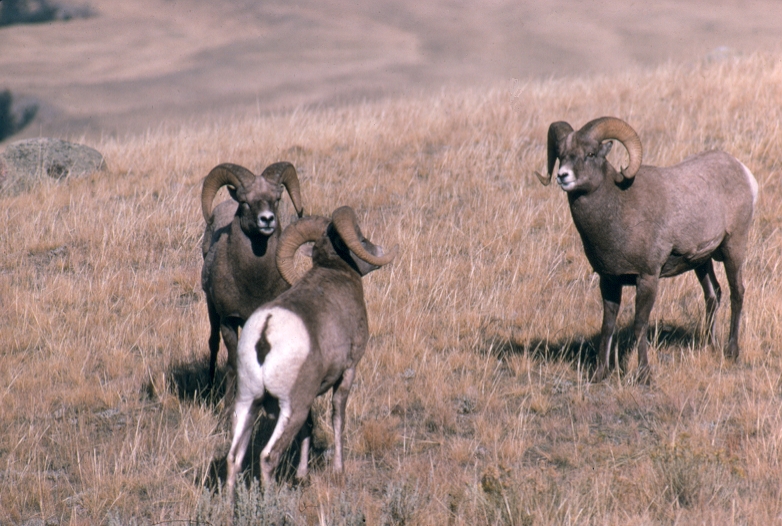
Bighorn rams. Photo courtesy GTNP.
• This time of year the forests, meadows, and shrub lands are quiet in the mornings as breeding birds abandon territories and begin migrations to distant wintering areas.
• Summer rainfall is a good predictor of available fall forage for elk, bison, and other herbivores and can influence fall migration timing, with poor production generally favoring earlier migrations.
• By the end of October, most black bears will have entered dens, even if little snow has fallen. Most grizzly bears will wait until November to begin denning. Some adult male grizzly bears and others that have learned to find food late in the fall may not enter dens until December. Bear dens can be found at any elevation and aspect, but higher elevation sites on north aspects are preferred.
• Wolf pups will now be joining their pack members on most foraging adventures, having graduated from rendezvous sites in August or early September, and getting to know their territories in the process.
• Hunting seasons for the park’s elk reduction program in October and those on surrounding national forest lands influence animal’s movements. Wolves, bears, coyotes, eagles, and magpies will all seek animal remains wherever they occur. This is a tremendous energy boon for scavengers, but it can also put some, particularly bears, at higher risk of conflicts with hunters.
• Fall spawning native mountain whitefish and non-native lake, brook, and brown trout are heading to natal habitats to commence spawning activities.
• Water levels are receding and will be approaching basal flows. As the water recedes large fish seek winter habitat, cutthroat often move downstream to large pools.
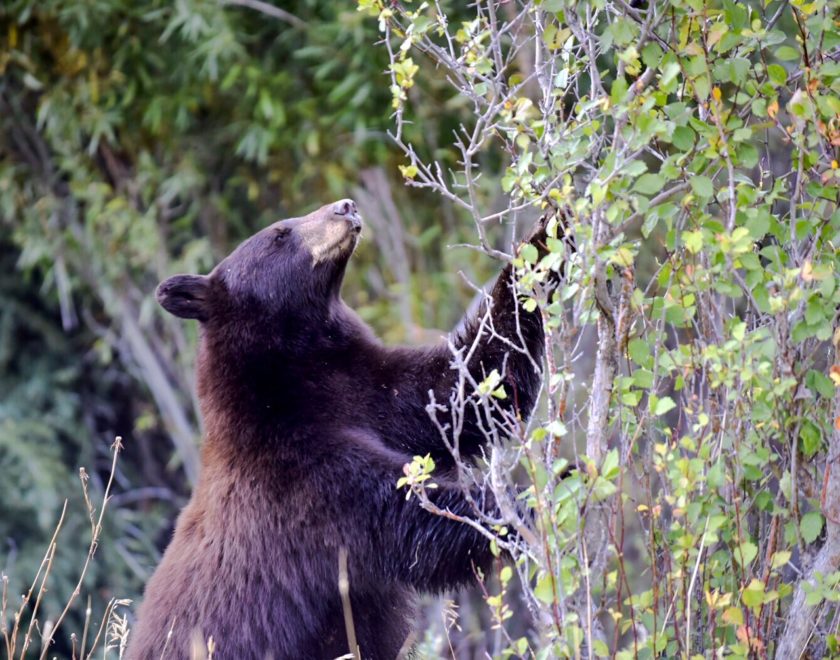
A black bear foraging on serviceberries. Photo courtesy Lisa Wan.

